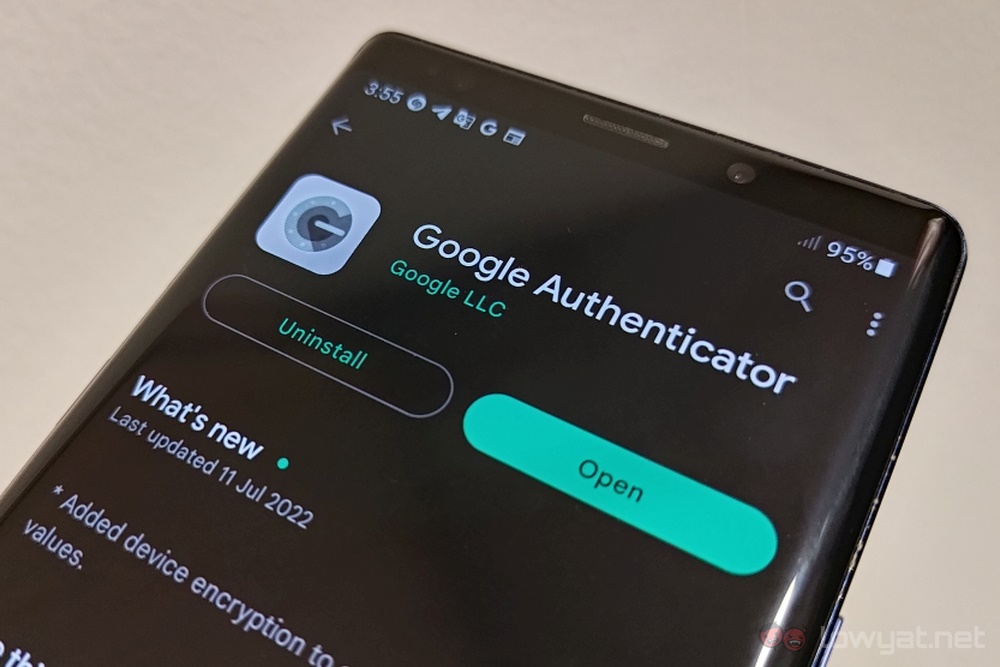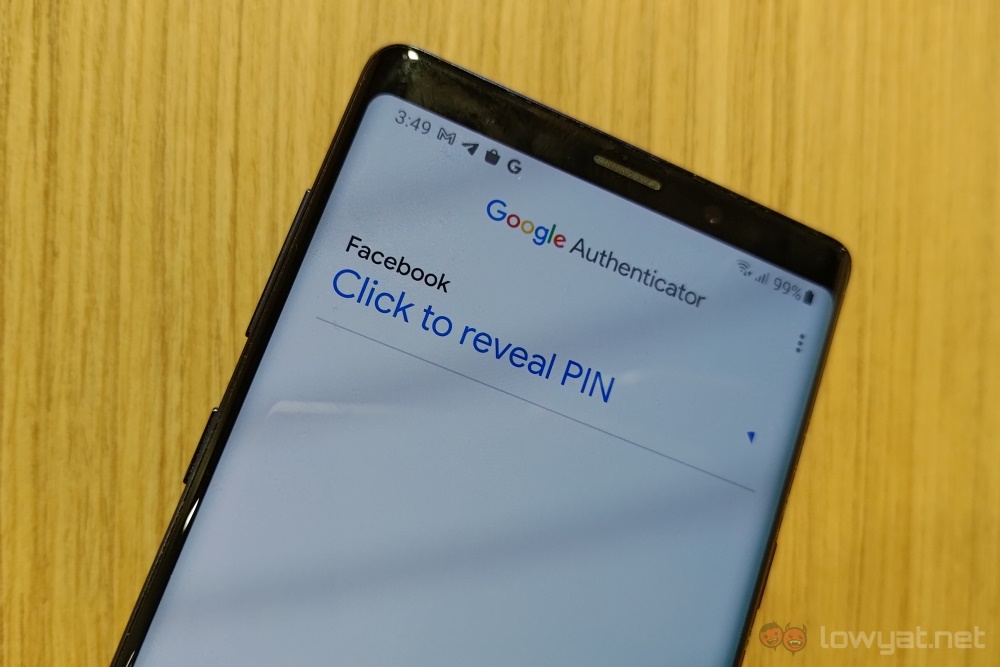Google has its own Authenticator app, which is one among many in the realm of 2FA providers. While it works perfectly well, one reason why you may have chosen to use another option as opposed to this one is one odd drawback built into it – that the codes are stored only on a single device. With a recent update this is finally getting addressed.
As the announcement blog post notes, the company admits that “one major piece of feedback we’ve heard from users over the years was the complexity in dealing with lost or stolen devices that had Google Authenticator installed”. As mentioned, codes generated by the Authenticator are stored on a single device, and losing it meant losing the ability to log into any service that relied on the Authenticator for its 2FA needs. Now, these codes are instead stored in users’ Google Accounts, so as long as you can sign in somewhere else, you’re not completely locked out.

The company also notes that the Google Authenticator was released all the way back in 2010. For a company as large as the internet search giant, having such a “major piece of feedback” implemented over a decade later seems quite the glacial pace. But hey, better late than never.

On the subject of late, we’ve yet to see this change yet, at least at the time of writing. It would be an update that’s pretty hard to miss, as it also comes with a new look for the app icon. Rather than the usual G icon made to look like a dial on a safe, the new icon should look like an asterisk with the colours of the Chrome browser. The company says that those are being rolled out to Android and iOS, but the rollout will likely be a gradual process, as it usually is.
(Source: Google)
Follow us on Instagram, Facebook, Twitter or Telegram for more updates and breaking news.



